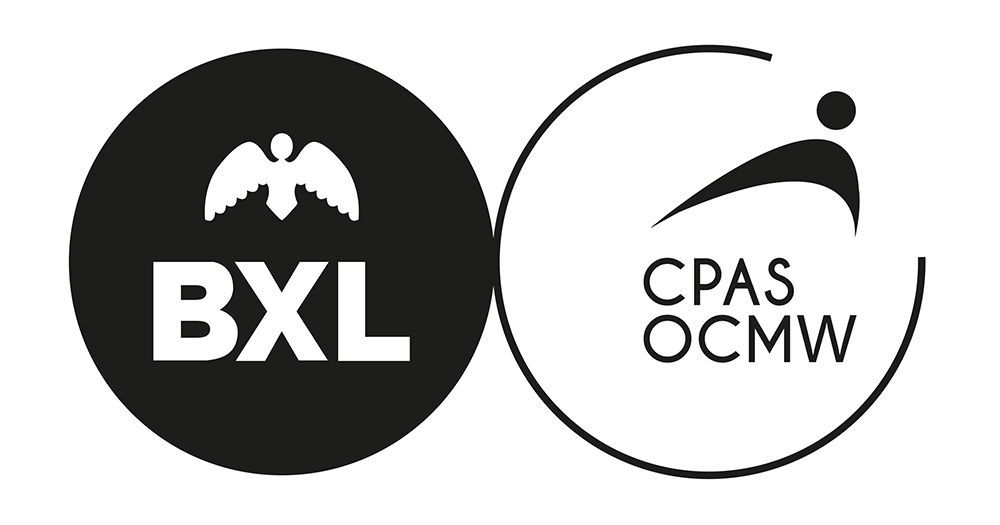Driving digital transformation in public sector with Cardanit BPMN editor


-
Organization: CPAS Bruxelles
-
Design challenge: Describe and translate processes into BPMN workflows to identify areas of improvement
-
Benefits:
Drawing and sharing process models in a standardized waySmooth collaboration across departmentsQuick change towards a process-based thinking
Processes are everywhere. Sometimes you may not see them just because they’re convoluted and they may lack standardization. Especially when dealing with Public Administration, it may look like that procedures are either not properly defined or too bureaucratic. This may lead to confusion for citizens but also to frustration for public sector employees.
Finding an effective and efficient way to reorganize processes is paramount to enable Digital Transformation. It’s the first essential step towards a smooth organization ensuring high quality services to citizens.
This is the final aim of the Public Centre for Social Welfare of Brussels (CPAS - Centre Public d'Action Sociale) and it’s the reason why they chose Cardanit to put their processes into diagrams. Benoît Weissen, Project Manager, and Maarten Schouppe, Internal Control Officer, and their teams at CPAS started using it one year ago to gradually adopt BPMN and make their well established procedures more clear and readable.
Around 60 employees from CPAS are now using Cardanit and smoothly collaborating to model their processes and find possible improvements.
The ContextTowards a process-based public organization
The CPAS of Brussels is a public organization that aims to guarantee dignified living conditions for all. CPAS is a very large institution that exists in each of the 581 municipalities in Belgium.Its services, besides providing financial aid, vary from affordable housing to childhood and seniors support, from employment and training to health aid.
With all these domain areas and offices, CPAS needs to find a consistent way of working with the final goal of improving the governance of the entire organization and fostering business process transformation.
That’s where BPM comes into play. Business Process Management can help CPAS move from a traditional bureaucratic organization to a process-based one, where procedures are documented in a standardized way so that they can be applied across all departments.

The ChallengeTranslating procedures into BPMN diagrams
In such a big and complex organization like CPAS, there are many ongoing procedures, but many of them are not well documented and this may lead to confusion and misinterpretation.
That’s why the first step towards a process-based approach is to collect information from scattered resources and properly describe the processes, providing an accessible set of documentation.
The next step is to translate these processes into diagrams. They are far more powerful and allow you to quickly understand the current situation and identify possible areas of improvement. Also, having processes put into workflows enables a prompt and efficient acceptance of any changes in law and policy, which is essential in public service.
Administration is on the move. A couple of years ago procedures were on paper. But workflows are much more powerful and clear, as, when looking at a diagram, we can focus at a higher level.
The SolutionBPMN standard becomes a corporate practice to describe law-driven processes
Benoît and Maarten were looking for a tool that would allow them to draw, store and share process models in a standardized way. They analyzed multiple software, from modeling tools to BPMN engines, but most of them were too complex and hard to implement for their requirements. They were looking for an easy-to-use and straightforward tool.
Cardanit BPMN editor turned out to be the perfect fit for their needs. It has an intuitive and light interface, collaboration is made easy and sharing process models and documentation among multiple stakeholders is smooth.
I was seduced by the simplicity of the use of Cardanit.
The first project CPAS carried out with Cardanit was the assignment of housing to citizens, based on fixed criteria and set of rules.
The process was quite intelligible: citizens apply for housing, CPAS officers select eligible candidates and apply the allocation criteria.

BPMN workflow of a housing allocation process
With a low level of technicality, this process was very easy to understand also by non-BPMN-experts. It was a good starting point to introduce the logic behind it that can be applied to other complex processes, like financial, tendering, or real estate maintenance.
CPAS has chosen BPMN to describe our law-driven processes. We needed a standard for that.

BPMN workflow of a low-value public contract
Now BPMN is widely used within the company, especially in the IT department, and Cardanit has become a corporate tool, adopted by many departments.
The use of BPMN and Cardanit helped to speed up this change towards a process-based thinking across the organization. With Cardanit, CPAS employees started using the BPMN standard, which also helped communicate with people outside the organization.
The BenefitsCardanit becomes key for all processes documentation
CPAS teams really benefit from the real-time collaboration feature in Cardanit. Users from different departments can work together modeling the processes they’re involved in, reducing offline interactions and any possible misunderstanding. They can act on the same project, keeping track of any changes with the version history feature, and agree on any possible improvements.
Also, with the automated report feature, they can automatically download a process manual to be handed to any stakeholders. This makes the processes even more readable for people not familiar with the BPMN standard and, above all, can clearly describe not only the process but also the logic behind it.
Using customization and colors as well gives them the possibility to highlight the most important aspects of their diagrams, making them even more intuitive.
CPAS is at the beginning of a long journey with BPMN and Cardanit. At the moment there are around 60 users within the organization, but there’s definitely going to be more.
Do you want to know where CPAS is after two years? Read how Cardanit has become the standard tool for BPMN across the entire organization.
Further reading
BPMN in public administration: Improving services by modeling business processes in public administration
Free BPMN guide: Top BPMN dilemmas explained
Cardanit becomes corporate practice in healthcare business process management

Benoît joined the IT Department at CPAS in 2011. He is in charge of corporate IT projects, where he is also responsible for the HCL Domino system. He now focuses on developing a business process competency for the IT Department.
Benoît joined the IT Department at CPAS in 2011. He is in charge of corporate IT projects, where he is also responsible for the HCL Domino system. He now focuses on developing a business process competency for the IT Department.
Through his previous experience at the CPAS legal department, Maarten acquired a solid knowledge of the organization’s functioning, variety of activities and stakeholders. This overall view was a good starting point for unfolding the internal control framework in his current position as Internal Control Officer.
Through his previous experience at the CPAS legal department, Maarten acquired a solid knowledge of the organization’s functioning, variety of activities and stakeholders. This overall view was a good starting point for unfolding the internal control framework in his current position as Internal Control Officer.
Get tips on how to recognize some of the BPMN false friends and what to do when you find yourself in a BPMN dilemma.
Top 6 BPMN dilemmas explained
Get tips on how to recognize some of the BPMN false friends and what to do when you find yourself in a BPMN dilemma.
Top 6 BPMN dilemmas explained
Get tips on how to recognize some of the BPMN false friends and what to do when you find yourself in a BPMN dilemma.
